A video article “Synecoculture experiments: Human augmentation of ecosystems and Planetary Health,” based on the presentation at Ecosummit 2023, was published from Science Talks.
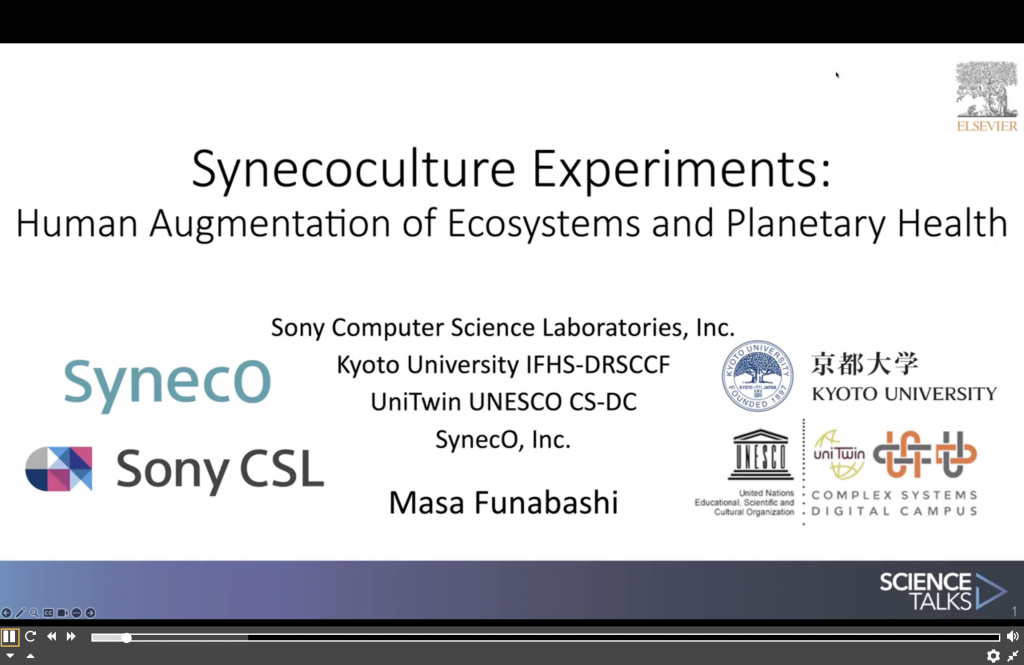
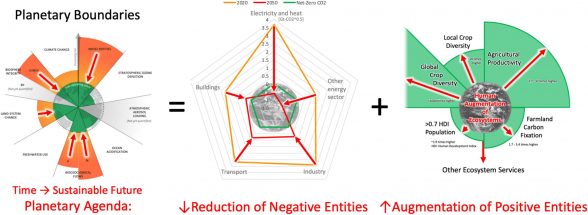
A video article “Synecoculture experiments: Human augmentation of ecosystems and Planetary Health,” based on the presentation at Ecosummit 2023, was published from Science Talks.

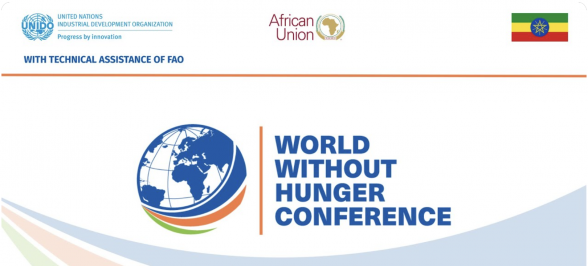
Centre Africain de Recherche et de Formation en Synécoculture (CARFS) / African Center for Training and Research in Synecoculture (ACTRS) has shared information about Synecoculture activities at the World Without Hunger Conference held in Addis Ababa, Ethiopia, on 5-7 Nov 2024.
The conference is co-organized by the United Nations Industrial Development Organization (UNIDO), the African Union Commission (AUC), and the Government of Ethiopia, with technical assistance from the Food and Agriculture Organization (FAO).
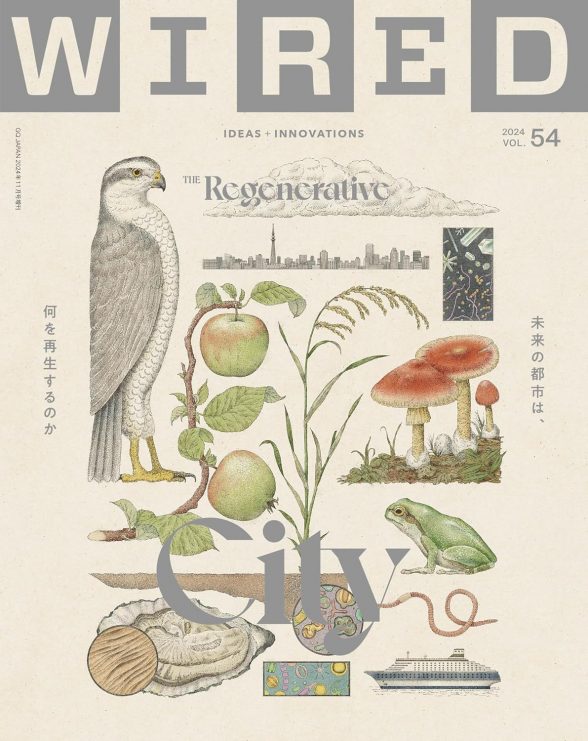
WIRED誌vol.54に、舩橋真俊が以下の記事を寄稿しました。
エコトーンとしての東京の“ワイルドライフ” 舩橋真俊
水と陸、草原と森など異なる環境が連続する領域であるエコトーンは、生物多様性のゆりかごだ。都市がもしリジェネレイトする可能性をもつならば、街そのものがエコトーンになるのではないか? 拡張生態系やSynecoculture™(協生農法)の研究と実践を行なうソニーコンピュータサイエンス研究所の舩橋真俊とともに、東京の野生と生物種について考える。
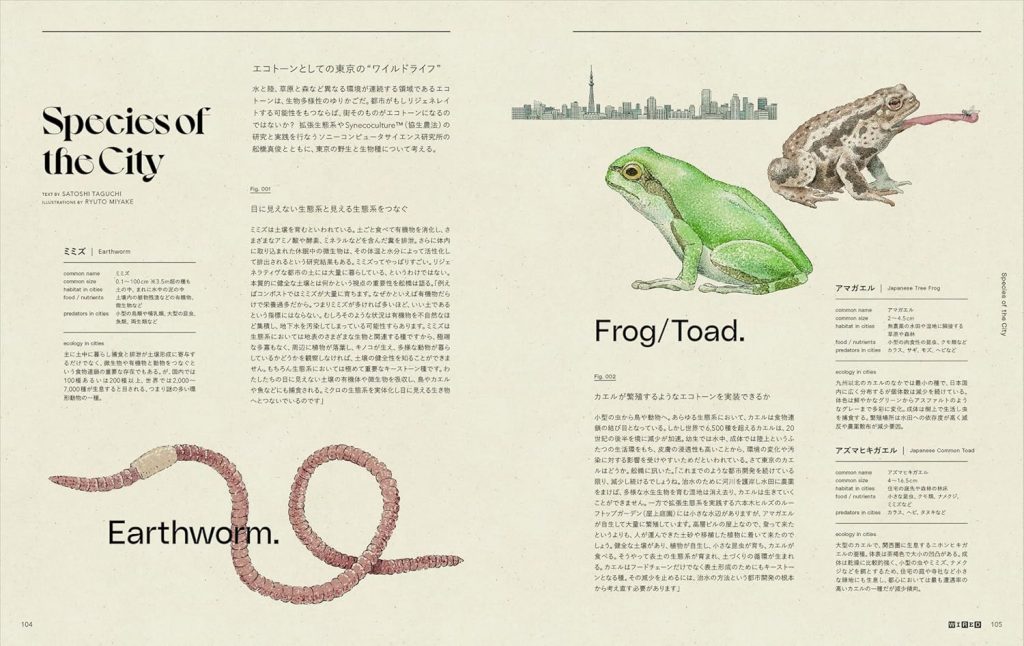
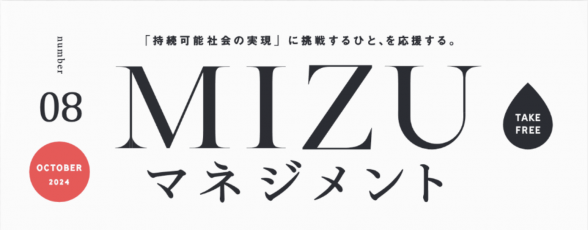
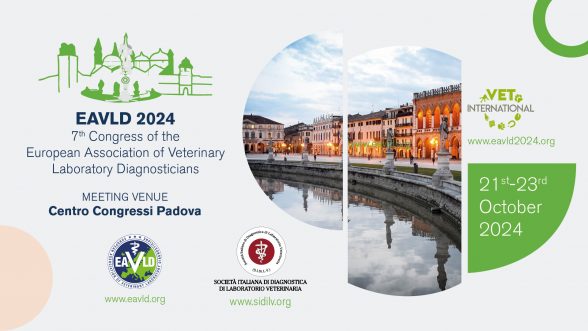
Masa Funabashi gave a keynote lecture at the 7th Congress of the European Association of Veterinary Laboratory Diagnosticians (EAVLD 2024), held on 21st-23rd October 2024 in Padova, Italy.
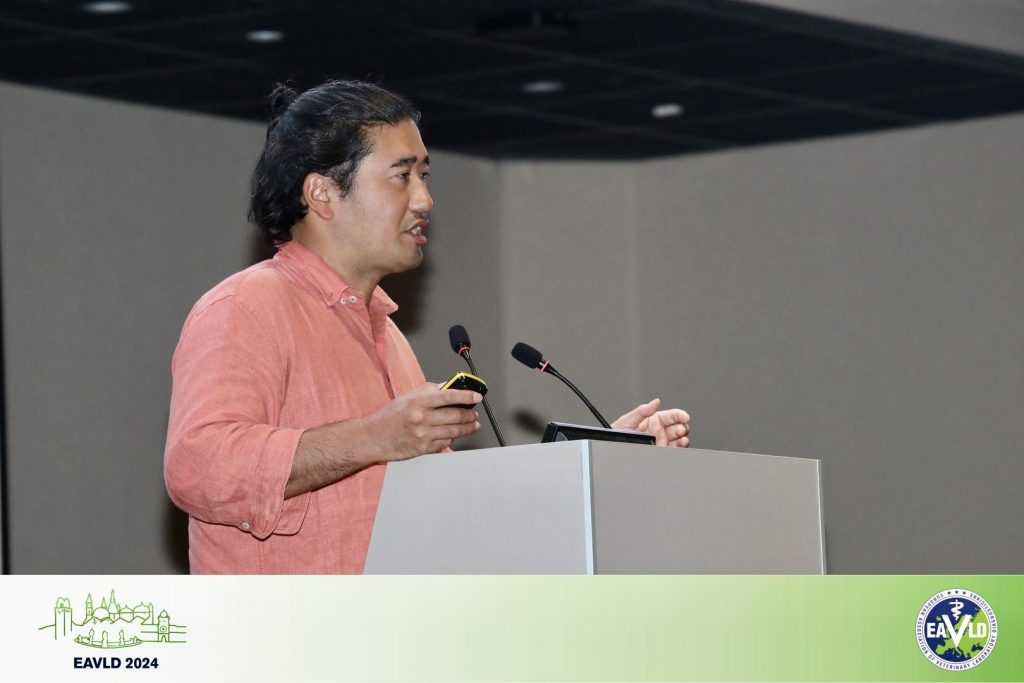
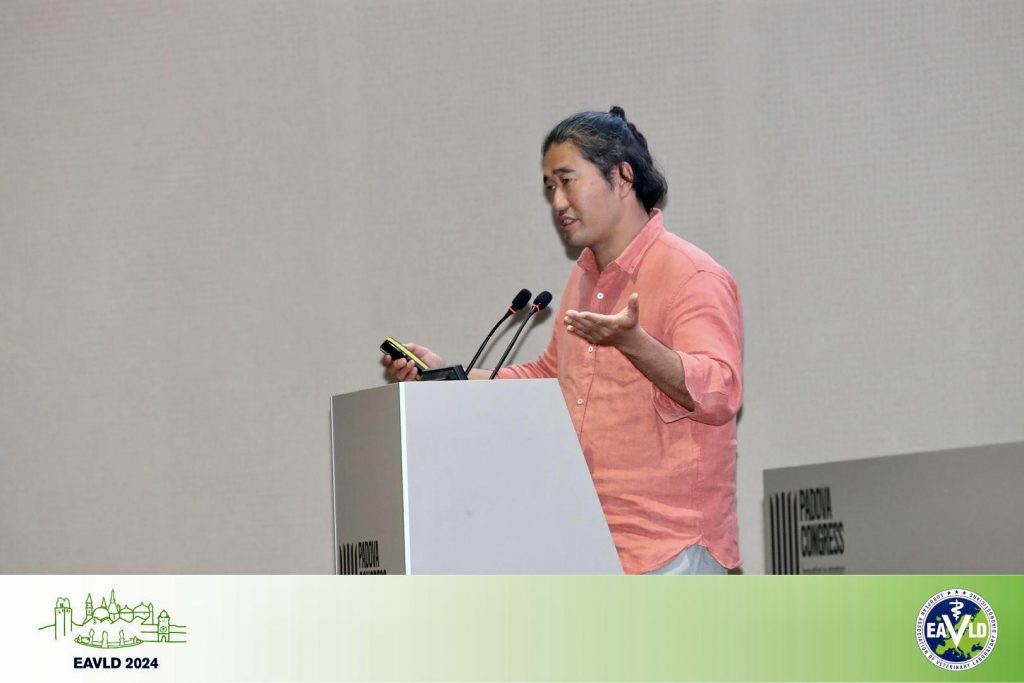
The presentation was entitled “From One Health to Planetary Health: towards an ecosystem-based approach to food production and public health with Synecoculture and Augmented Ecosystems.”
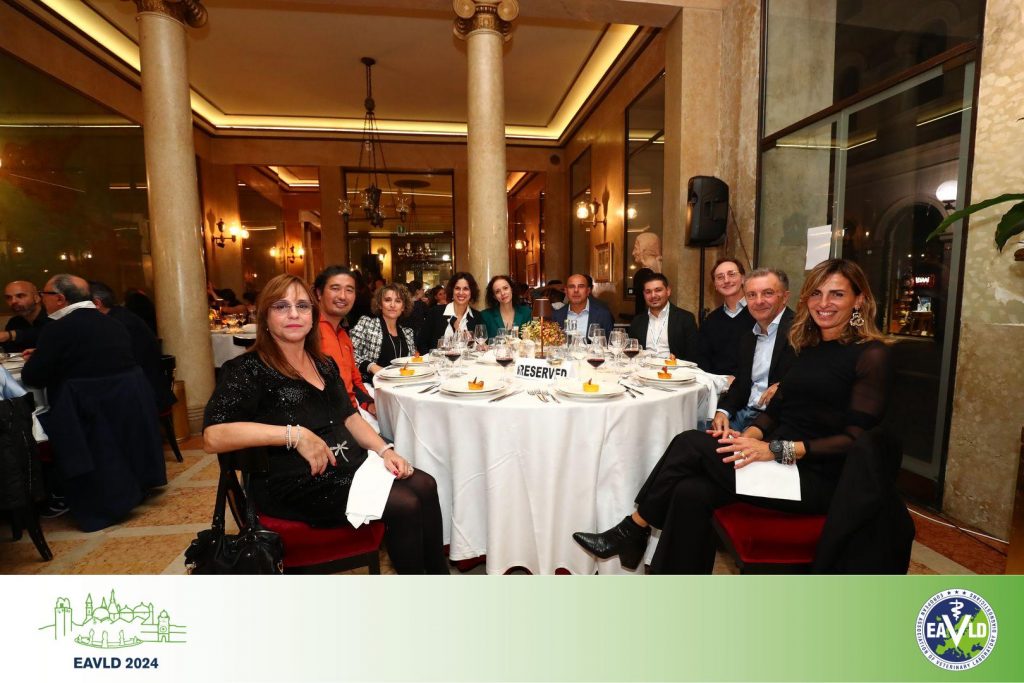
The abstract book is available here:
Gerardo Manfreda et al., Editors (2024) “EAVLD 2024 – 7th Congress of the European Association of Veterinary Laboratory Diagnosticians, 21st-23rd October 2024”, Italian Journal of Food Safety, 13(4). doi: 10.4081/ijfs.2024.13488.
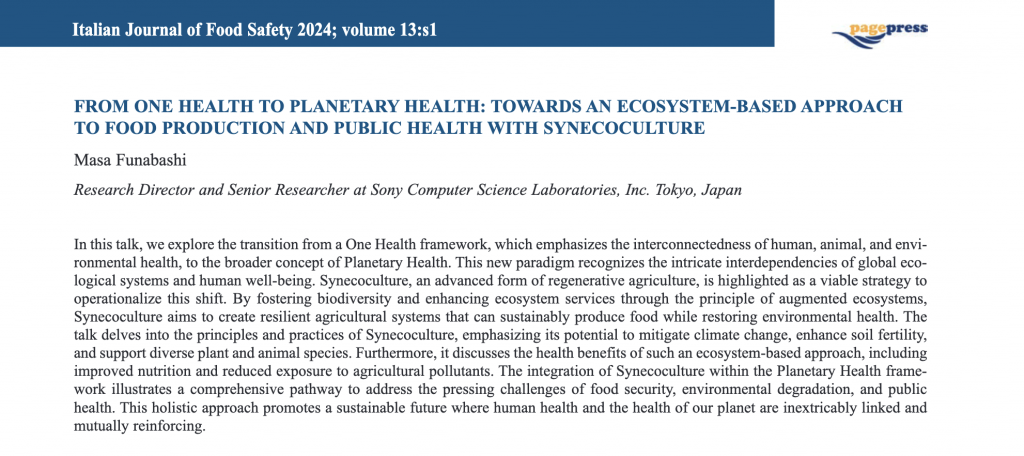
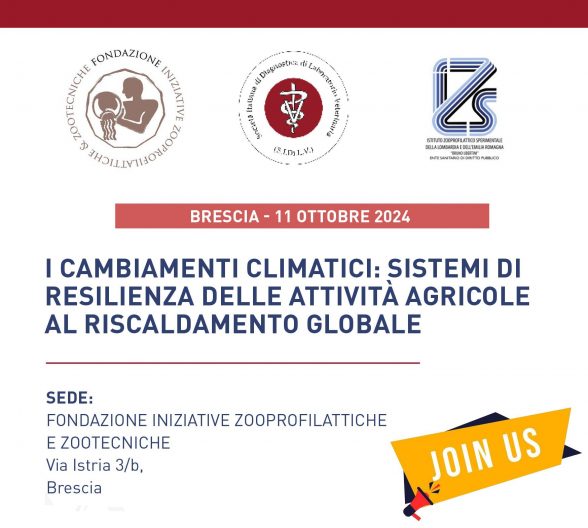
Masa Funabashi ha presentato all’attività formativa di SIDiLV “I cambiamenti climatici: sistemi di resilienza delle attività agricole al riscaldamento globale,” co-organizzata con FondIZ e IZSLER l’11 ottobre 2024. L’evento è stato anche accreditato ECM (Educazione Continua in Medicina).
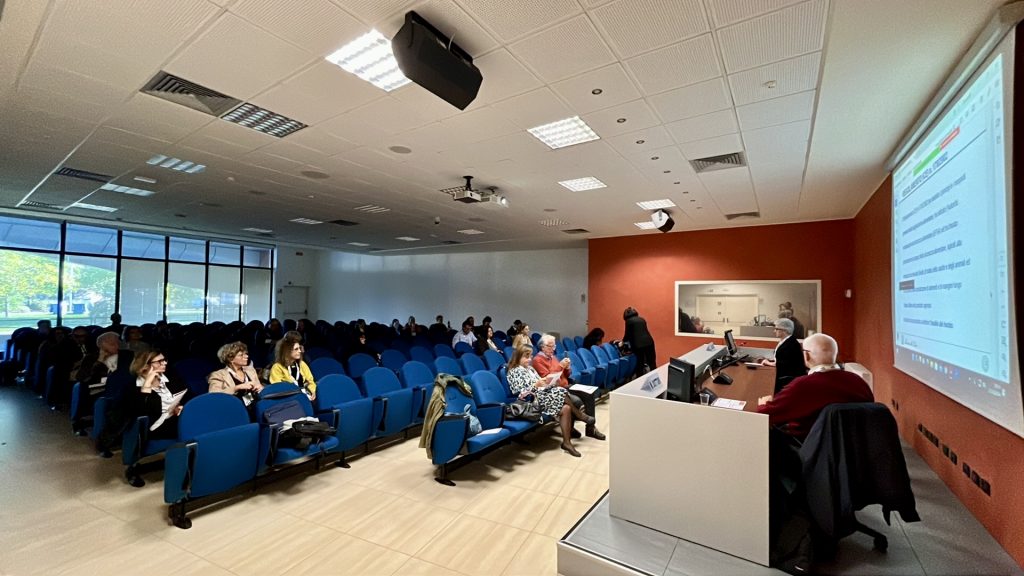
La presentazione è intitolata “Synecoculture and Human Augmentation of Ecosystems: Opportunities for Introduction in Mediterranean Countries”

André Tindano presented the poster:
“Synecoculture” as a forever carbon-negative agro-ecological paradigm
at the 12th Annual International Conference on Sustainable Development (ICSD2024), held on 19-21 Sep 2024 in New York, under the theme: 3A Nature-based solutions for local climate challenges.
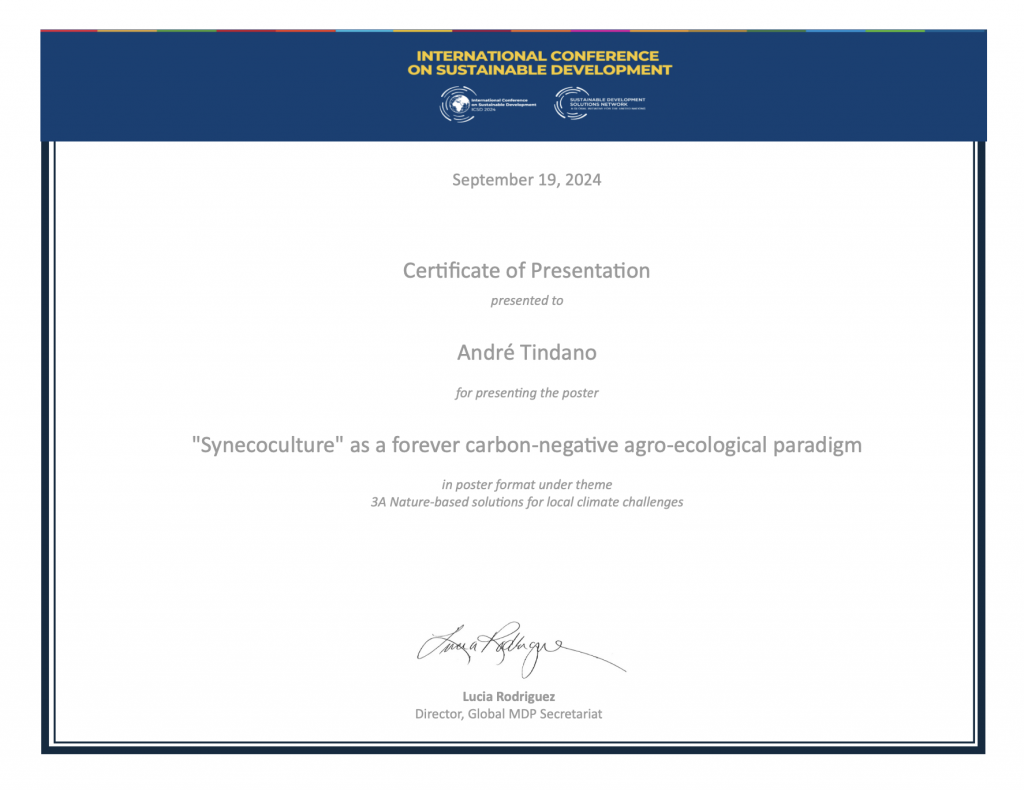
The International Conference on Sustainable Development (ICSD) is known for providing a forum for academia, government, civil society, UN agencies, and the private sector to come together and share practical solutions to achieving the Sustainable Development Goals (SDGs).
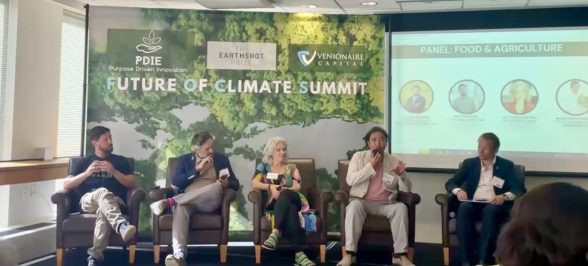
The Future of Climate Summit VOL II was held on September 20, 2024, at Dentons Law Firm in New York Midtown. This event, co-hosted by PDIE Group and Venionaire Capital AG, convened global leaders, innovators, and investors to address critical issues in the climate crisis. With the theme “Positive Futures enabled by AI,” the summit delved into key topics such as energy transition, sustainable cities, biodiversity, and groundbreaking innovations in collaboration with The Earthshot Prize.
Masa Funabashi joined as a featured speaker in the Food & Agriculture session.
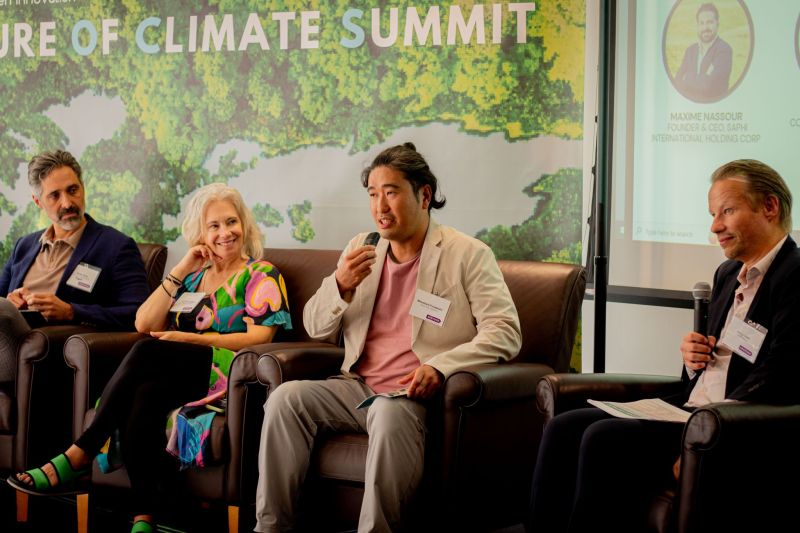
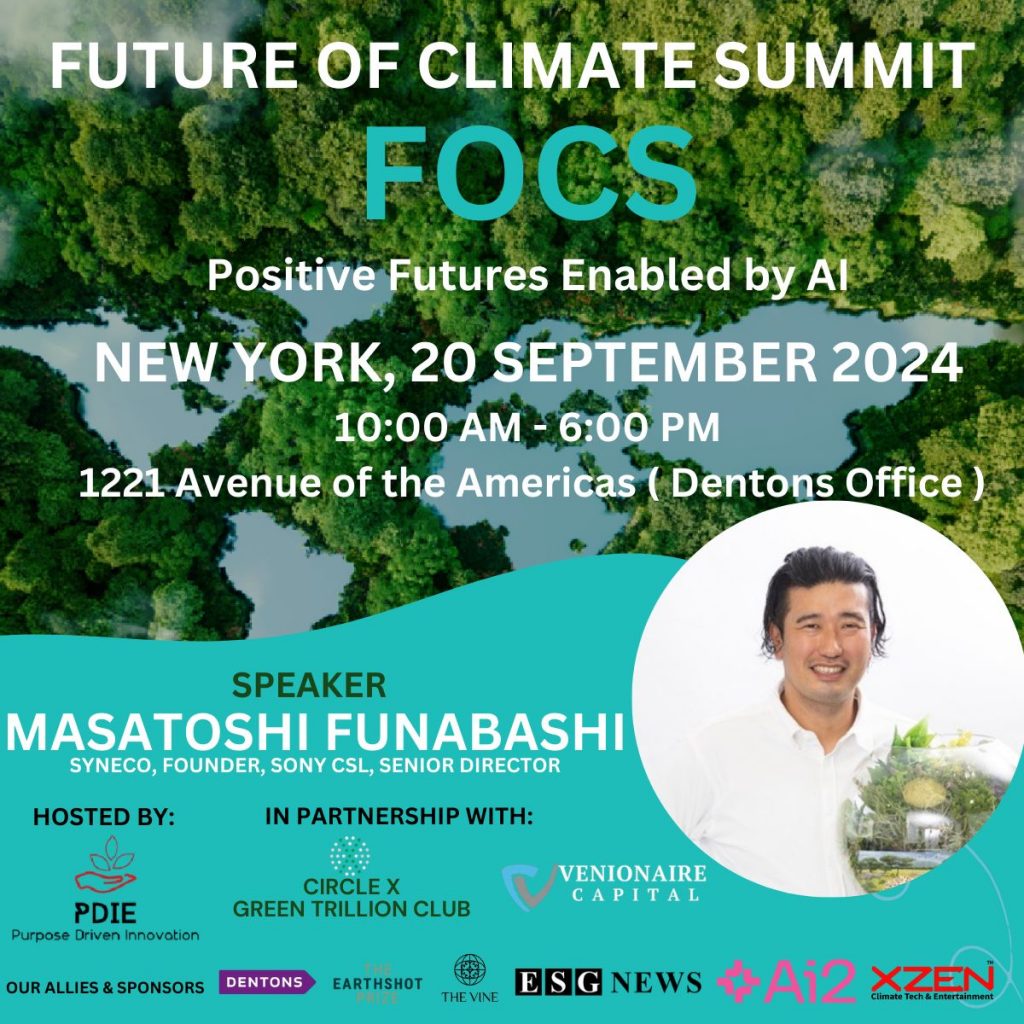
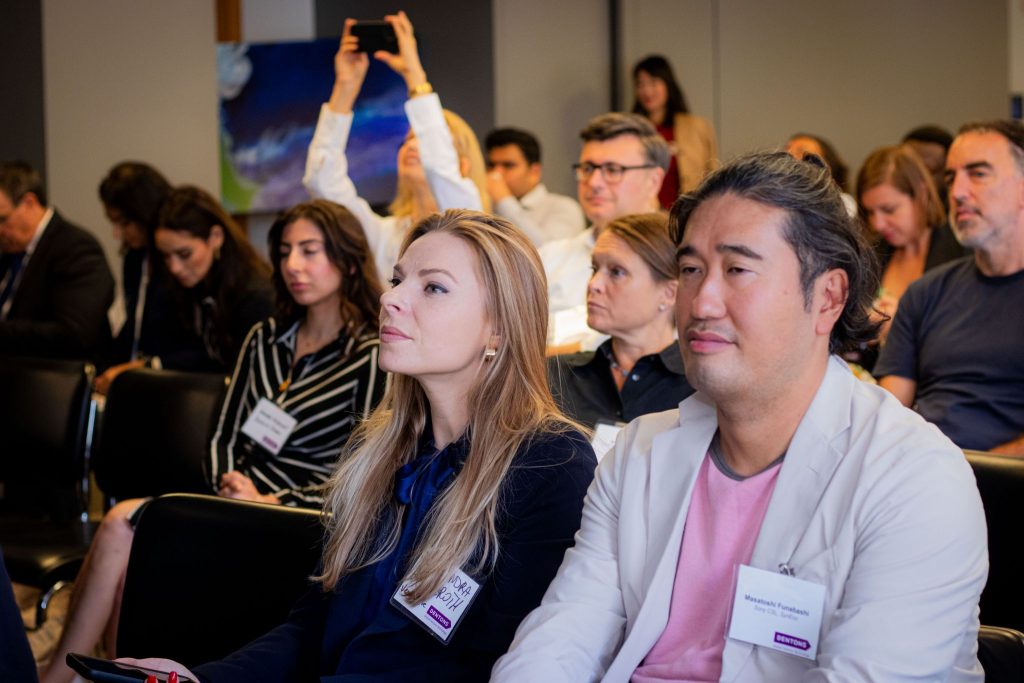
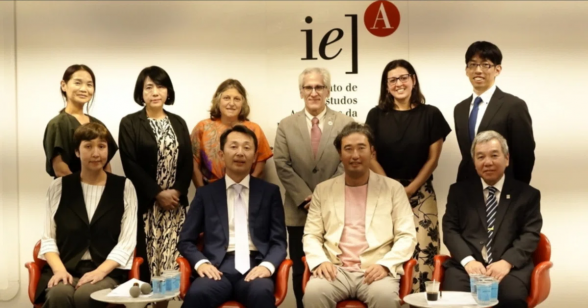
京都大学「社会的共通資本と未来」寄付研究部門のスタディーツアーにて、拡張生態系についてブラジリア大学とサンパウロ大学で舩橋真俊が講演しました。